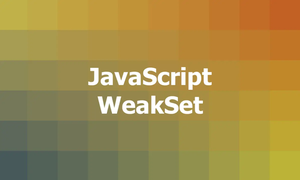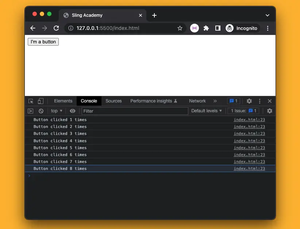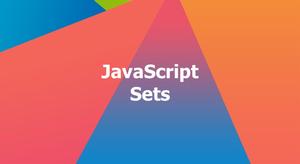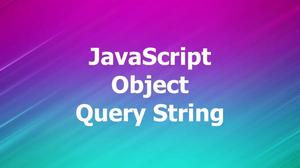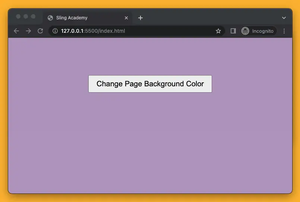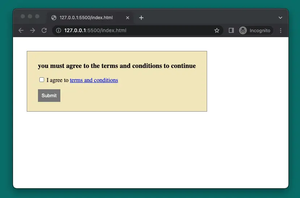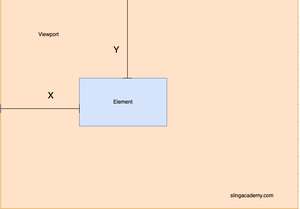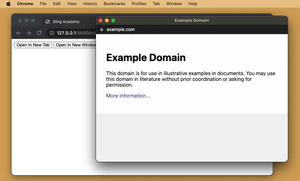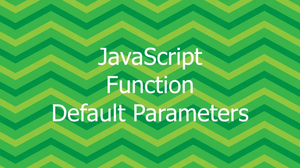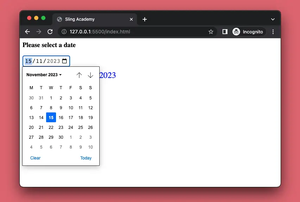In modern web development, providing users with a seamless and engaging experience is crucial. Transitioning smoothly between views on a web application is one such experience that can greatly improve user interactions. Fortunately, with the introduction of the View Transitions API, developers now have a more effective tool for managing smooth view transitions. Let’s explore how this API works and some examples of its use.
Understanding View Transitions API
The View Transitions API allows developers to create animations that occur when the state of a web page changes, such as when navigating from one page to another or when elements within a single page are altered. Prior to its introduction, developers typically used CSS animations or JavaScript libraries to achieve such effects, often involving significant setup and manual timing. The View Transitions API simplifies this by handling many transition details automatically, giving developers a more streamlined approach.
Basic Usage
Using the View Transitions API starts by calling the document.startViewTransition() method, which takes a callback function. This function encapsulates the changes to be made to the DOM that will trigger the transition.
document.startViewTransition(() => {
// DOM changes here
const element = document.getElementById('content');
element.classList.toggle('hidden-view');
});
In this example, a transition is applied when an element toggles between two states. The View Transitions API enables the browser to render these transitions smoothly, increasing performance by reducing complex scripting required by other methods.
Enhanced Transition Control
The API further allows you to control various aspects of transitions by means of options that define duration, timing-function, and iterations.
document.startViewTransition(() => {
document.getElementById('myElement').classList.toggle('toggle-class');
}, {
duration: 500, // transition duration of 500ms
timingFunction: 'ease-in-out' // easing function for transition
});
Adjusting these parameters allows developers to fine-tune the look and feel of view changes, ensuring a natural fit within the application's existing style framework.
Handling State Between Transitions
The View Transitions API provides mechanisms to preserve the consistency of application state before and after the transition. An important aspect of this is maintaining application integrity during the lifespan of a transition event, avoiding discrepancies or states that flash momentarily before the animation completes.
Example: Switching Content Views
Imagine a situation where clicking a button changes the content from a list view to a grid view:
const switchViewBtn = document.getElementById('switchViewButton');
const contentContainer = document.getElementById('contentContainer');
switchViewBtn.addEventListener('click', () => {
document.startViewTransition(() => {
contentContainer.classList.toggle('grid-view');
});
});
In this code, we change the layout of a content container between views on a button click. Using the View Transitions API here ensures that the user's experience is visually appealing without flickering or awkward layout jitters.
Browser Compatibility and Fallbacks
While the View Transitions API modernizes the process of page transitions, it's essential to ensure cross-browser compatibility. As of October 2023, the API may not be supported in all browsers.
Therefore, developers should check for API support and provide fallback mechanisms for those cases where the API cannot be employed. A simple method is to verify if the API is available and use traditional CSS or JavaScript animations as an alternative.
if ('startViewTransition' in document) {
// Use View Transitions API
document.startViewTransition(handleViewChange);
} else {
// Fallback to manual transitions
handleViewChange();
// Additional animation logic
}
Conclusion
The View Transitions API remarkably streamlines the implementation of smooth, animated transitions in web applications. Its ability to automate many tedious tasks significantly enhances both developer productivity and user satisfaction. As it gains broader adoption across browser vendors, it’s expected that this API will become a standard choice for managing transitions in interactive web applications.

